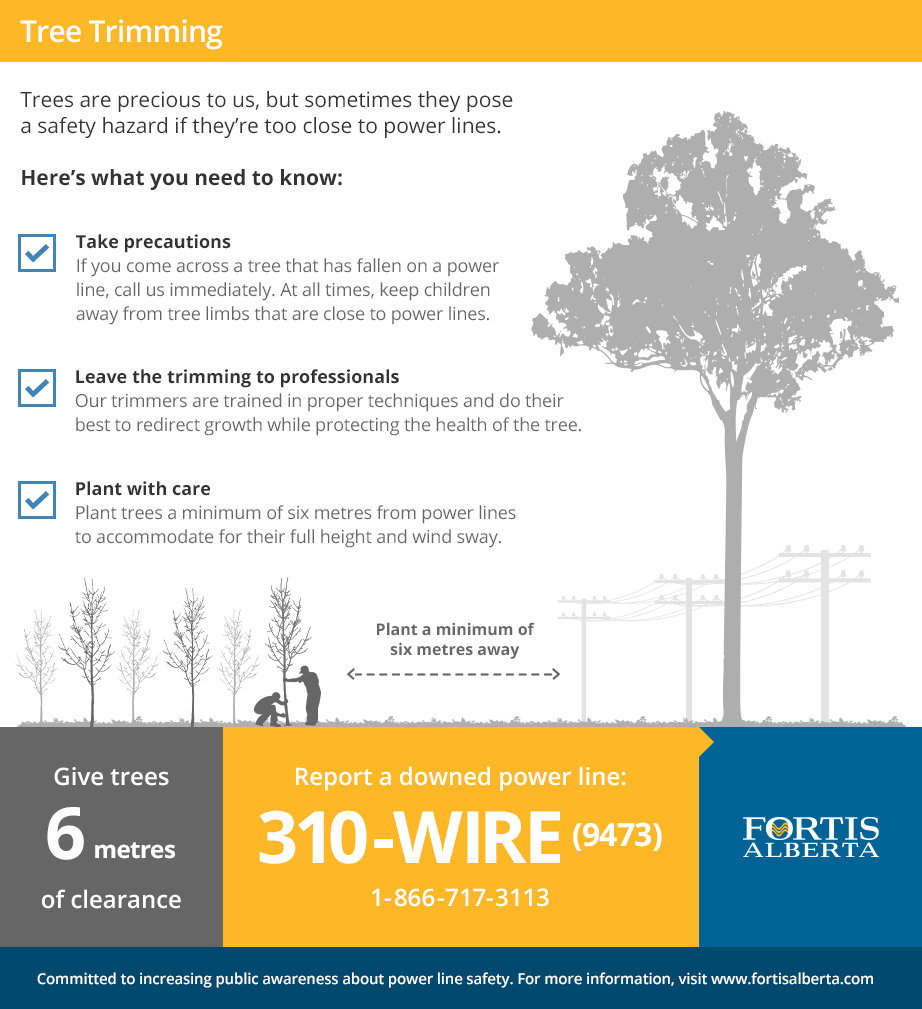Evaluating The Practicality Of Trees: Establishing When Elimination Is Crucial
Evaluating The Practicality Of Trees: Establishing When Elimination Is Crucial
Blog Article
Authored By-McCollum Byers
If you've ever wondered about the fate of the trees on your home, recognizing when it's time for elimination is critical. Yet how do you identify if a tree can be conserved or if elimination is the only choice? By seeking particular indicators and evaluating safety risks, you can make informed decisions that profit both your landscape and your surroundings. Allow's explore the key elements that enter into play when choosing the fate of a tree and exactly how you can guarantee the best outcome for your green friends.
Indications of Tree Decrease
If you see any one of the complying with indicators of tree decrease in your yard, it may be time to take into consideration tree elimination.
One usual sign is dead or worn out branches, which can suggest underlying issues influencing the tree's health. Keep an eye out for stained or wilted fallen leaves that continue despite appropriate care, as this could be a sign of illness or insects.
An additional warning signal is extreme leaning or an obvious change in the tree's base, which may recommend origin problems or architectural instability. Watch out for fungal development on the trunk or origins, as this can suggest rot and compromise the tree's security.
Additionally, if you observe big splits in the trunk or major arm or legs, it's crucial to deal with these issues quickly to avoid prospective threats. Dealing with these indicators of tree decrease without delay can aid maintain the safety and visual appeals of your yard atmosphere.
Safety and security Problems
To guarantee the health of your residential property and those around you, focusing on safety and security worries connected to trees is extremely important. Trees can posture different security risks if not properly kept. Dead or worn out branches might fall all of a sudden, endangering people or harmful frameworks.
Leaning trees can also be unsafe, specifically if they're leaning towards a structure or high-voltage line. Furthermore, https://www.pressadvantage.com/organization/precision-timber-felling with comprehensive root systems near foundations or below ground utilities can create significant damages in time.
It's crucial to routinely check your trees for any signs of prospective danger. Keep an eye out for splits in the trunk, large cavities, or indicators of illness and degeneration. If you observe any of these problems, it's best to consult with a specialist arborist to assess the situation and identify the needed strategy.
Taking How To Prune A Palm Tree to attend to safety issues immediately can protect against crashes and residential property damages in the future. Bear in mind, the safety of your residential or commercial property and those around you need to always be the leading priority when it pertains to tree maintenance.
Consulting an Arborist
When considering the health and safety of your trees, getting in touch with an arborist is an essential action. Arborists are trained specialists who focus on the treatment and upkeep of trees. They can analyze the general wellness of your trees, determine any concerns such as illness or architectural issues, and supply skilled referrals on the most effective course of action.
By consulting an arborist, you can obtain useful insights right into the condition of your trees and figure out whether elimination is needed. Arborists have the understanding and experience to evaluate the risks related to keeping a tree versus removing it. They can additionally offer assistance on different solutions, such as trimming, cabling, or bracing, to help preserve the tree whenever possible.
In addition, arborists can aid you browse any type of regional laws or permits that may be needed for tree elimination. Their knowledge can ensure that the procedure is accomplished safely and in conformity with any kind of relevant regulations.
Conclusion
Finally, when determining whether trees can be saved or if elimination is required, it is essential to think about signs of decline and safety and security concerns. Consulting an arborist for a comprehensive analysis is vital in making the most effective choice for the tree's health and wellness and prospective dangers. Remember, positive treatment and prompt activity can help preserve trees and avoid mishaps.
